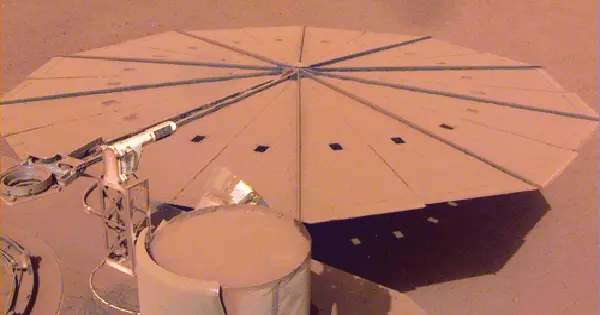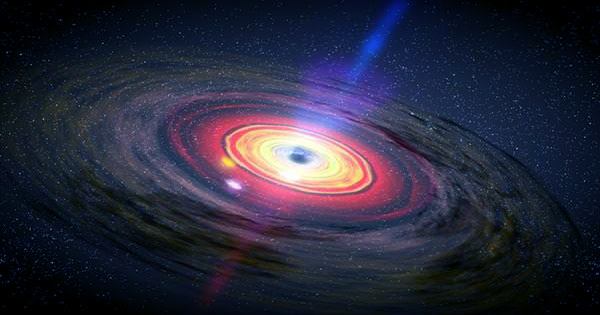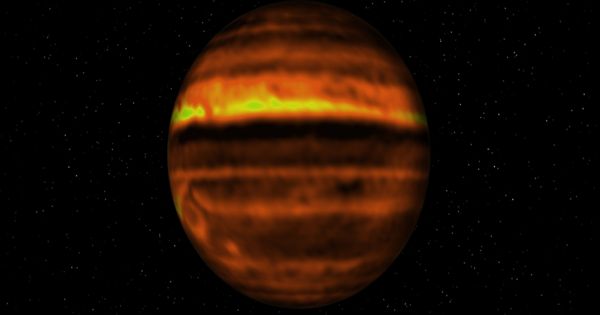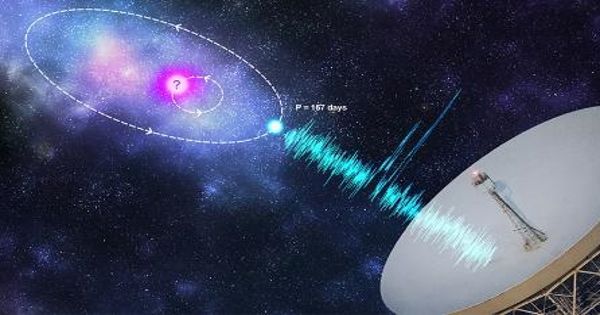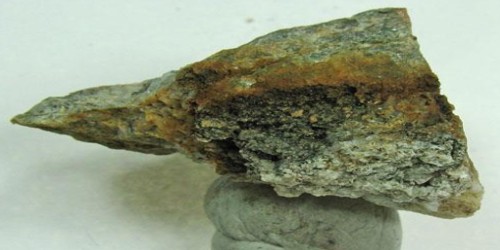InSight, NASA’s spacecraft, is nearing the conclusion of its mission. The project’s manager, the Jet Propulsion Laboratory, recently stated that the industrious lander does not have enough power to operate until the conclusion of the extended mission in December because to dust and the upcoming harsh Martian winter. It has now sent its final selfie home. As the lander approaches winter on Mars, dust season picks up, and the lander is losing the battle against it piling up on its solar panels, which are its only source of electricity.
Many of its scientific instruments have been turned off, and only the seismometer is still collecting data, which it will continue to do until late summer. JPL has now revealed the lander’s final selfie, which was shot on April 24. InSight may snap a few more photos before turning off its sensors for good, but this is the last selfie it will ever shoot.
A comparison of this latest selfie with the previous one – taken shortly after landing in December 2018 – shows how much dust has accumulated on the solar panel in the 1,201 sols (Martian days) between the two photographs. For the whole robotic population of Mars, dust is an occupational danger. To avoid the harsh Martian winter, China’s Zhurong rover has hunkered down in hibernation, nine months over its initial mission duration. In 2018, Opportunity survived a massive dust storm that put it to slumber.
This isn’t the first time InSight has been hampered by dust since landing on Mars. Previously, the mission crew devised a smart approach to clear some of the dust from the solar panels by pouring sand from the lander’s robotic arm next to them, creating a little breeze that would blow the dust away. This worked for a time, but Mars is a harsh and unforgiving environment in the long run. It was a crisis that could only be postponed rather than prevented.
The only hope is that a dust devil or a strong wind may blow away part of the dust, allowing for a few more days of data collection. Despite its present position, the InSight project has done nearly twice as well as its initial objective of 709 sols, providing a valuable new knowledge of Mars’ innards and recording the planet’s largest quake to date.
